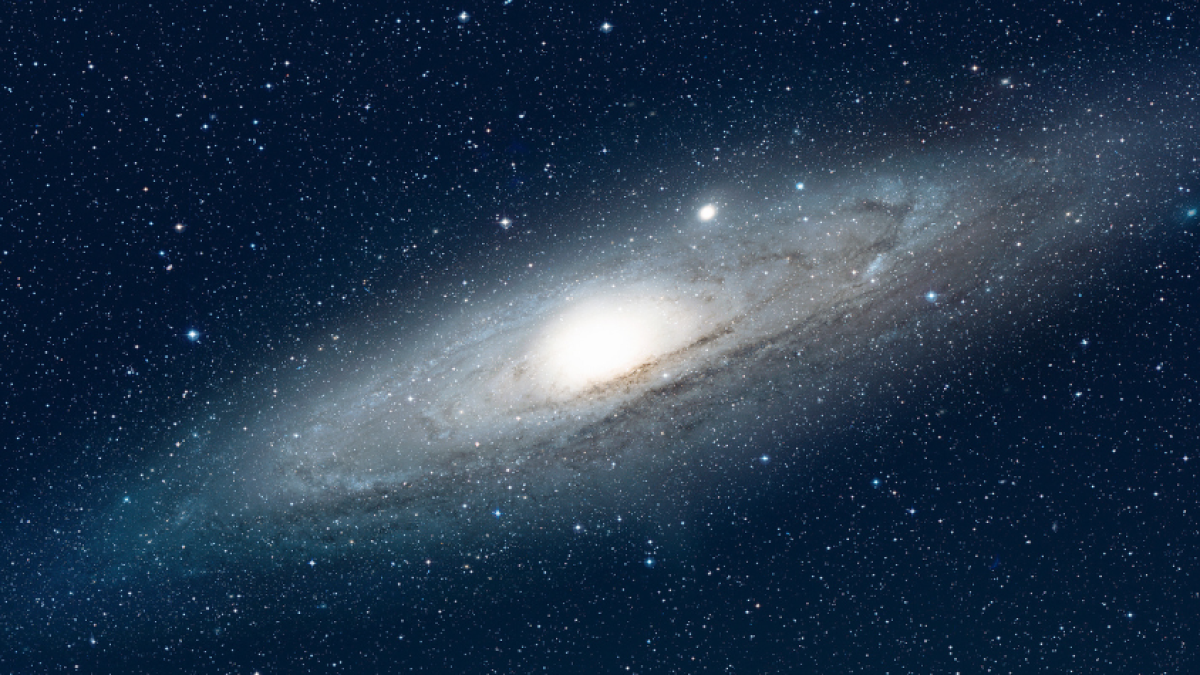According to the information provided by 'Agenzia Europa Press', Astronomers at the Weizmann Institute of Science (Israel) managed to capture the most detailed image of a supernova ever The moment an exploding star emits its light from the circumstellar material around it.
For this, several telescopes were used. WM Keck Laboratory in HawaiiThe results of a so-called supernova SN 2023ixf They were exposed in the journal 'Nature'.
According to 'Europa Press' information, so far, Supernovae were thought to be rare events., in the Milky Way alone they occur once every century, lighting up the night sky with an intensity equal to the light of 100 million suns. The last observable explosion in this galaxy occurred hundreds of years ago.
Now, thanks for the advances Telescope technology has made it easier to detect supernovae in distant galaxies.Provides more data than previously available.
However, the challenge remains Explosions cannot be predicted, and astrophysicists capture events after they happen And try to gather information from the remains.
“That's what sets this particular supernova apart. For the first time, it has been possible to closely follow a supernova whose light is emitted from the circumstellar material in which the exploding star is embedded.” said Erez Zimmerman, a doctoral student who participated in the research.
Astronomers capture a complex picture of the supernova
The researchers admit they had an unexpected stroke of luck The Weizmann Institute of Science team will request observations on the Hubble Space Telescope In hopes of reading ultraviolet (UV) spectral data from any supernova interacting with its environment.
Thanks to this, they saw in real time how a red supergiant exploded in a neighboring galaxy. Messier 101Also known as Pinwheel constellation.
According to NASA records, the team was able to get data from the star before it finally disappeared (when it was a red supergiant in the final stages of its life). allowing them to create a detailed portrait of the supernova: its final days of fusion and the moment of its extinction.
“Calculations of the ambient material released in the explosion, as well as the density and mass of this material before and after the supernova, create a discrepancy, so that the missing mass is likely to end up in the black hole that formed after the supernova. An outbreak is usually one of the most difficult to determine” said PhD student Ido Irani.
Karen Castaida
Digital Scope Editorial
Time





